Bagh Firuze Medicinal Herb Garden
Bagh Firuze is a Garden dedicated to Agritourism focusing on Permaculture (sustainable and self-sufficient) farming that started working in the year 2010. Firuze garden offers a variety of programs and events to the general public and it is the best place for Agriculture & Agriculture Operations students to explore and learn about important medicinal herbs of Iran.
This garden, placed in one of the villages on the outskirts of Tehran has a unique collection of Medicinal and Aromatic herbs and with the slogan of “A plant a day” takes care of 365 kinds of herbs yearly which you can visit and learn about on the farm.
The rest of the farm is for the plantation of common herbs and vegetables. These get planted seasonally and visitors can pick anything they want for their taking and the products of this field can be bought from the farmer’s shop in the garden.
Also, a small café is stationed in the garden too that gets its material for their delicious Herbal drinks and foods from the garden as well.
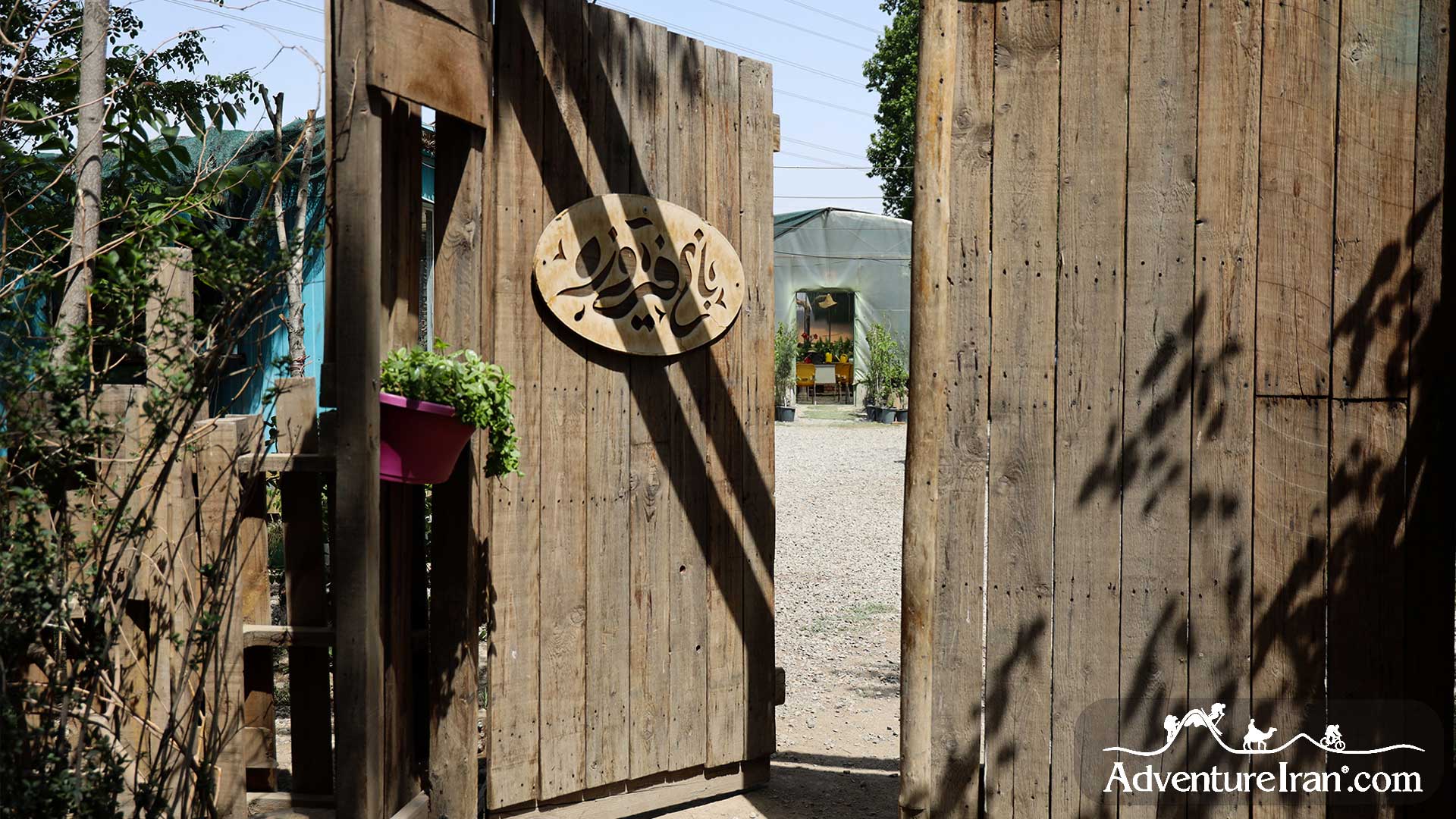
Activities of Firuze garden
There are 3 main activities you can do in this 4 Hectare farm:
1. The collection
The plants in the collection are engrained yearly and each one of them has a special usage and properties in Iranian traditional medicine. Many groups of students visit this part yearly for their scientific research because besides traditional herbs of Iran many foreign herbs get planted in the collection too. A specialist accompanies these groups as a tour guide for a more detailed presentation of the area.
The 4 corners of the garden are named after 4 Persian scientists active in the field of medicine and traditional medicine of Iran: Avicenna, Rhazes, al-Biruni and Zayn al-Din Gorgani.
2. Dasht-e Attar
This is the main part of the garden dedicated to the bulk plantation of organic vegetables and medicinal herbs. This is the main part for agritourists visiting the place. The main program for this type of visitor includes a tour of the collection and learning about the main type of medicinal herbs planted in it, followed by harvesting anything in this section for their liking.
Products that you can handpick from this area include: Spinach, turnip, radishes, chives, spring onions, parsley, coriander, beetroot, dill, mint, and, for the herbs: thyme, lavender, sweet-scented geranium, common wormwood, lemongrass, artichoke and many different local plants available in the country.
Another part of this section is dedicated to small gardens rented seasonally to families living in Tehran. This is done to teach the correct way of planting what they like and how to take care of them. They can visit their gardens on the weekends and work on their gardens with their families with the guided help of professionals.
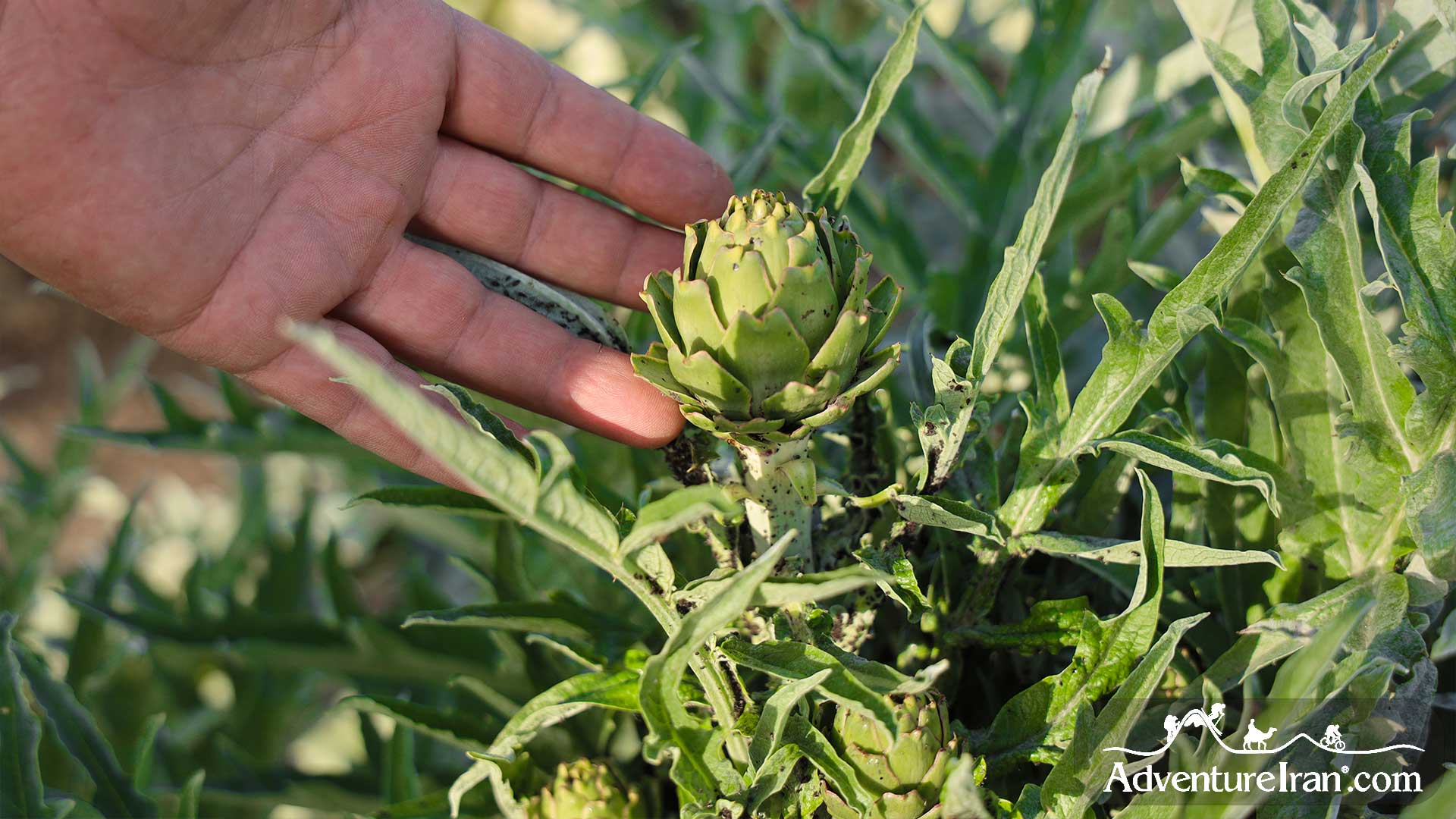
3. Events
As agriculture education is the main purpose of this facility, they perform weekly events for the general public to teach many aspects of the world of farming. These events include classes about how to plant different kinds of seasonal vegetables and herbs and their properties, cooking with the organic products of the farm and how to harvest them, pottery classes for kids and interested adults and different cultural programs for locals.
Taking part in these events can be the perfect opportunity to meet like-minded locals, interact with them, and find some friends along the way. They get announced weekly and each week the topic of the event gets changed.
Products and shop of Firuze garden
From the wide variety of products that this garden makes, you can buy a lot of them in their local shop. They offer many of the herbs harvested in their main field and fresh and organic vegetables that can be found in the garden and you can enjoy them in the café as well. You can buy different blends of herbs that are mixed with the help of Persian traditional medicine and read in detail about their properties and what they are good for on the labels and the sellers are happy to give any more information you may want.
You can even buy small pots of herbs to take care of for yourself and use in your foods and drinks. Smudge sticks and handmade soups are other things you can find in their shop.
Tours and excursions
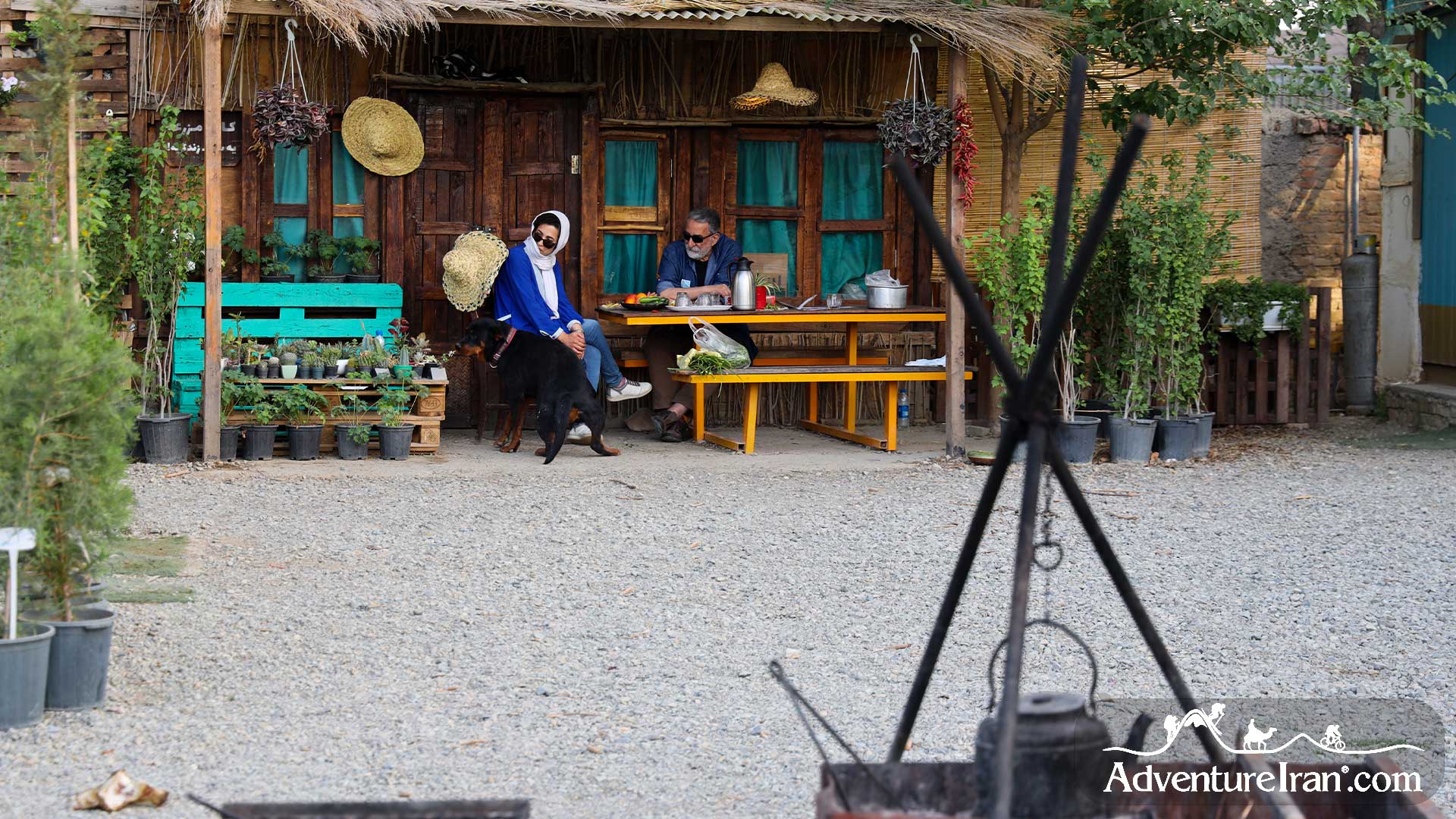
-
Research tours
As said in the collection part of the article, this type of tour is done with a professional tour guide working in the fields of agriculture that can explain in detail about all the herbs found in the collection. Based on the group and the activity needed the tour can take from 2 to 5 hours.
-
Day tour
This is for the normal visitors interested in agriculture, it starts with a brief tour of the collection and learning about some of the most famous herbs planted in the collection. This usually takes about 1 to 2 hours. Then you can visit Dasht-e Attar and handpick some products from the field for yourself. Next is a visit to see animals on the farm and at the end enjoy some refreshing beverages made with fresh products from the farm.
Time of travel
The best time to visit this farm is in the months of March and April in spring and you can see the Saffron planted in the collection if you time the visit correctly. The months of September and October are good for an autumn visit. Early mornings and evenings are perfect for visiting the farm. In the winters they don’t offer research tours as most plants in the collection can’t grow in the winter but the day tours are up and running and winter plants and greenhouse plants can be visited. Also, many events like pottery classes and courses related to perfumes and extracts from plants get done. Check out our complete guide to Iran’s weather and climate to get a better feel of the weather you will experience in these months.

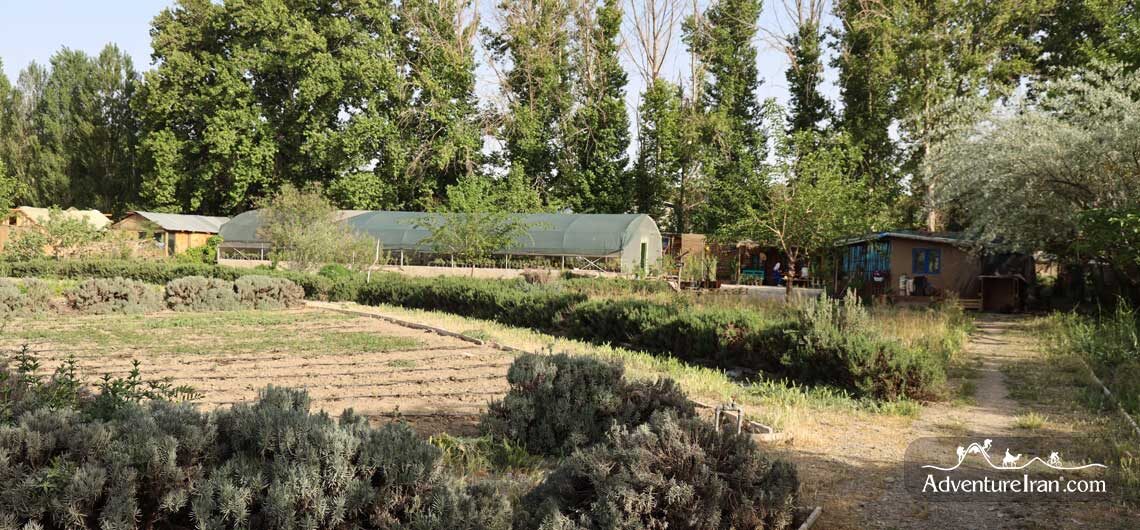
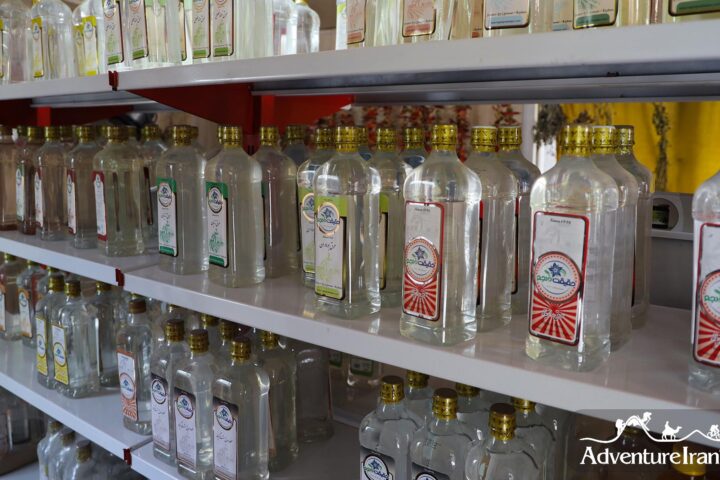
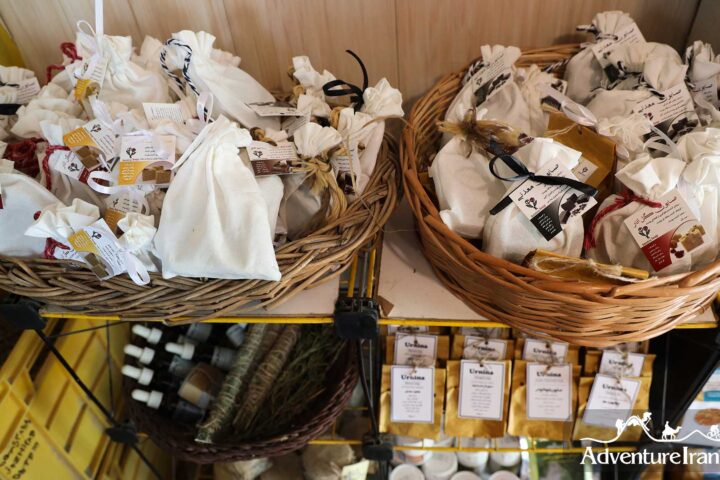
Comments